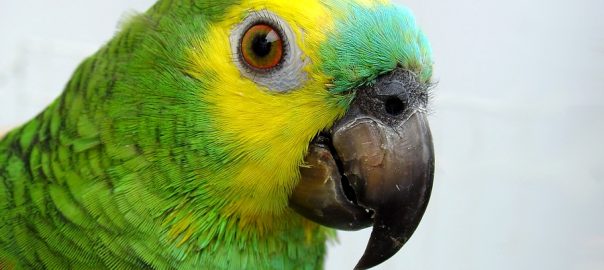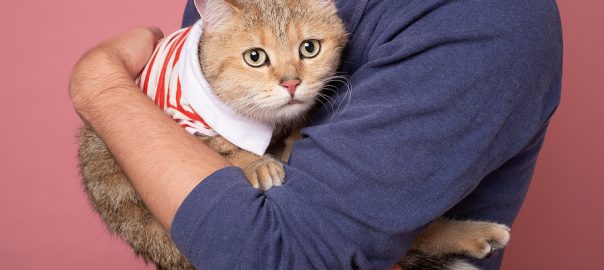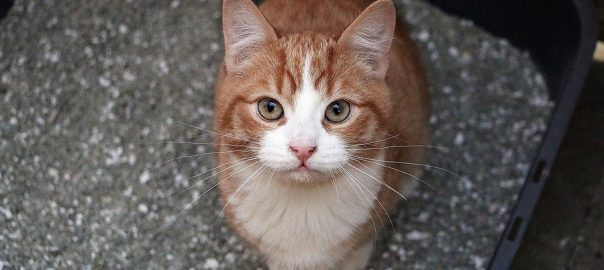When clients tell me their cat isn’t using the litter box, I ask how often they clean it. Some of them tell me, proudly, they clean it every few days. Then I ask how they’d like using the toilet if it was only flushed once every few days, and the lightbulb comes on. Here’s how I explained it to a reader who wrote asking me how often she should clean her cat’s litter box.
Q: How often should I clean my cat’s litter box?
A: If you’re referring to scooping poop and urine clumps, the answer is daily — at a minimum. Cats are like the rest of us: They prefer a clean bathroom instead of a stinky, unflushed toilet. Your cat will appreciate your keeping her personal potty area clean. It’s a good idea to scoop the box any time you notice it has been used. That’s why we recommend uncovered litter boxes: They ensure you notice right away that the box needs to be cleaned. And covered boxes hold odors in, which can make them unattractive to cats.
Add new litter as needed. That can vary from cat to cat. Some cats like a deep bed of litter, while others have a “less is more” attitude. It can also depend on the type of litter. Usually, 2 to 3 inches is a good depth for clay litter, or 3 to 4 inches for clumping litter. Stick to unscented kinds; cats have very sensitive noses and they may not like the smell of scented litter.
If you’re referring to the actual litter box, we recommend dumping litter in the trash and cleaning the box every one to two weeks. Use hot water, a mild, unscented dishwashing soap and a brush dedicated to that purpose. Never use ammonia, bleach or pine-scented cleansers, all of which can repel or be toxic to your cat. Dry thoroughly and then add new litter. Clean the litter scoop, too, and store it in a plastic bag or hard-sided plastic container.
Keeping the box clean not only keeps your cat happy, it also helps to keep her healthy. A clean litter box, especially in a multicat home, is less likely to harbor bacteria, viruses or parasites.
There’s more – including how pandemic restrictions are affecting working animals – in Pet Connection, the weekly nationally syndicated pet feature I co-write with Kim Campbell Thornton and my daughter, trainer Mikkel Becker.




